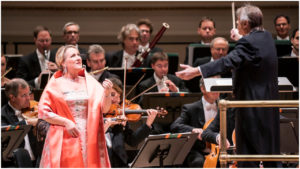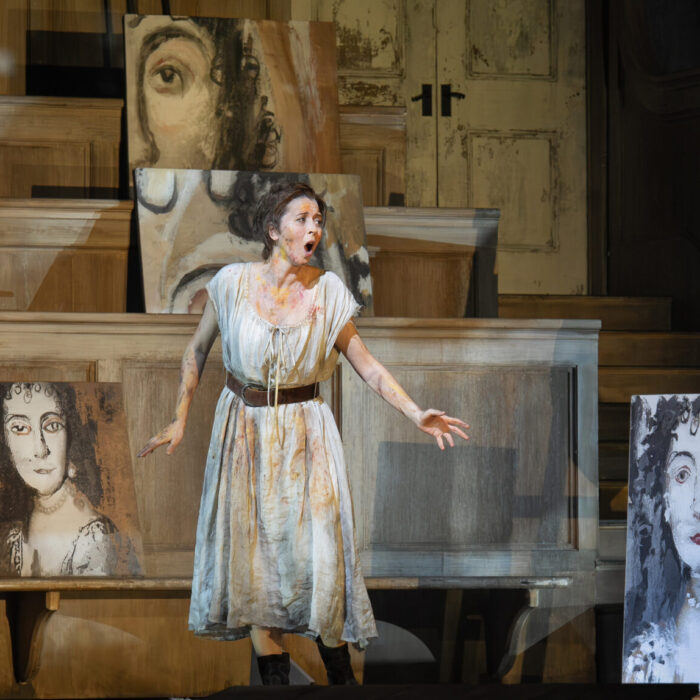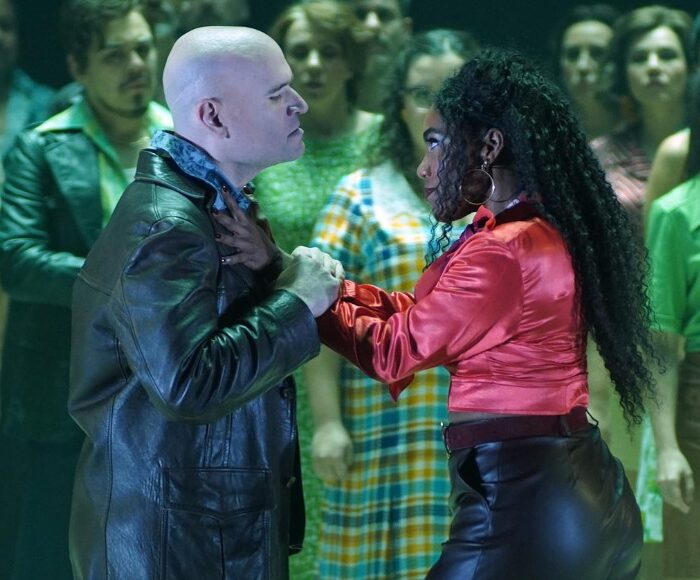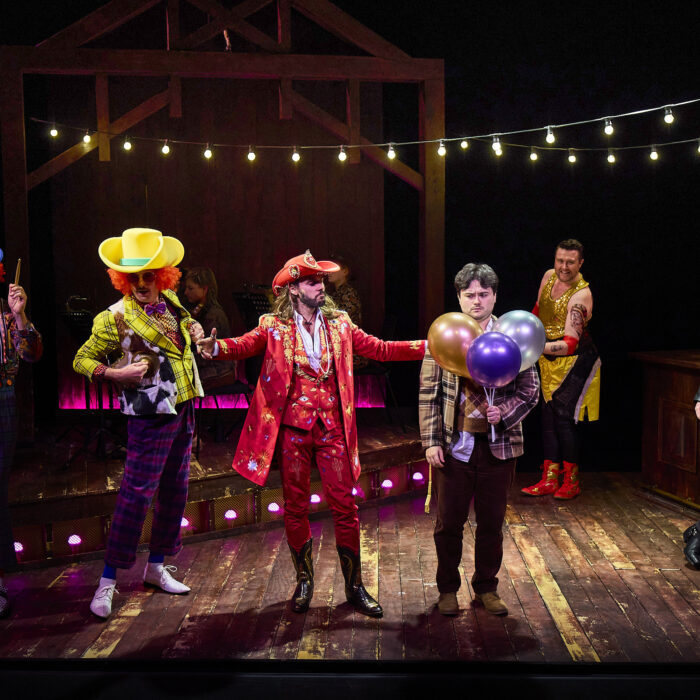
Carnegie Hall 2019-20 Review: Bavarian Radio Symphony Orchestra and Diana Damrau
Orchestra Enlivens With Final Works from Strauss and Brahms
By Logan Martell(Photo Credit: Chris Lee)
On Friday, Nov 8, 2019, the Bavarian Radio Symphony Orchestra took to Carnegie Hall for a highly touching concert of R. Strauss and Brahms. Conducted by Mariss Jansons, the evening’s program was comprised of personal works from the composers, being some of the last works they ever put on paper, while touching on themes of love, nature, and reflections on mortality.
Strauss
First on the bill was Strauss’ “Four Symphonic Interludes” from his comic opera “Intermezzo,” which spins an episode of his life into a work of great symphonic expression. The first interlude, “Travel Fever and Waltz Scene,” drew the audience into its musical drama through the underlying, grittier musical features which tinged the speed of the opening measures, such as a sudden lurching from the lower strings, and firm, brassy punctuations, before continuing with great momentum. The tumult, evoking the protagonist Storch’s marital dispute as he leaves on a conducting tour, sees a sustained orchestral height taking a sudden plunge, dropping out to a piano solo which established a fun, almost hectic waltz as the orchestra rejoined.
The second interlude, “Dreaming by the Fireside,” started with a delicate rising in the strings which reached a soft yet poignant height. Capturing the sentiments of Storch’s wife Christine, as she remembers her husband after meeting a young baron, the underlying aural shades of the orchestra did much to bring these returning feelings of romance to life. A brief, darker section felt from the presence of the lower winds, led to a light, almost-ethereal resolution. The third interlude, “At the Card-Table,” opened with a strong running in the cellos, being joined by the piano which made its way in and out of the overall texture with a quick burst of chords, being repeated by the strings shortly after. The sense of building dexterity being conjured by the orchestra heard expression through the trills and roulades from the violins which peppered this piece.
The final interlude, “Happy Decision,” carried a strong outpouring from the orchestra, accented by the chimes coming from the single triangle. The overall vivacity of this last piece remained as the orchestra alternated between its overall grandeur and a more reflective softness which carried through a few measures, all the while leading towards a powerful conclusion.
Next on the program was Strauss’ “Vier letzte lieder,” or “Four Last Songs,” composed in 1948, just a year before his death, these songs provide a lush and introspective take on mortality. Joining the orchestra was Diana Damrau, lending her highly elegant soprano to the works. The first song, “Spring,” opened with a rather somber introduction from the strings, reaching a peak during Damrau’s soulful, sustained tones. Following the end of the rapt text was a cadence gently underscored by unease before resolving beautifully.
The second song, September,” featured a tranquil, repeated theme from the strings, over which Damrau displayed a number of enchanting vocal roulades as she outlined the languid, observational phrases of the text, such as “Summer trembles at the thought that the end is near.” This number made a lovely showcase of Damrau’s vocal delicacy, able to open a phrase with a delicate crescendo, while often ending them with soft holds as if she were embracing the syllables to the fullest. These sentiments her voice imbued to the text carried through the conclusion as the brass gently repeated the idea to a firm, tangible close. Third was “Going to Sleep,” a comparatively lighter song, thanks to its metaphorical framing which evoked a lovely sense of yearning for rest, highlighted all the more by the tender strings and winds which joined phrases such as “I give myself up to the friendly starry night.” Damrau’s polished ornaments carried this piece to a tapering, gorgeous, close.
Last of the lieder was “At Sunset,” bearing a poignant, reflective introduction. As the focus of the imagery shifts from the landscape to a pair of larks, this heard expression through the trills of the flute, as the violins carried a melodic theme. The legato phrases were wonderfully handled by Damrau as the piece slowly transitioned to a darker, more nightly, atmosphere, with the return of the lark trills punctuating it ever so softly towards a peaceful conclusion.
Brahms
Following this work was Brahms’ “Symphony No.4 in E Minor, Op. 98.” The first movement, “Allegro non troppo,” started with a lush, flowing string texture that established the piece with little build-up. Notable musical features of this movement included exotic-sounding fills from the horns, as well as a series of exchanges between the brass and the pizzicato of the strings. The timpani which underscored much of this movement led towards a compelling, rumbling conclusion. The second movement, “Andante moderato,” saw a sprawling melody from the winds which eased into a more walking rhythm, with its warm, bracing horns carrying an almost nostalgic feeling with its repeating theme. Two sforzandos marked a shift towards a more energetic section from the strings, their rapid bowing built to a clean, balanced cadence joined by a high sustained tone from the flute.
The third movement, “Allegro giocoso,” opened with a proud texture from the strings, which quickly diminished to an overall lighter feeling, highlighted by the accents from the triangle; this in turn led to a dialogue between the triangle and the rest of the orchestra’s strong, dark texture. Bringing the work to a close was the fourth movement, “Allegro energico e passionate.” A solemn opening from the horns carried an underlying grit, leading into a series of drumrolls as the flute briefly carried the melodic theme. After heightened, descending lines from the strings, the bassoon and lower brass returned with a darker theme; all of this built to a massive conclusion that powerfully ended the work.
While this in itself would make for a fitting end to any concert, Jansons and orchestra treated the audience to an encore with Ivan Larionov’s famous Russian folk song, “Kalinka.” Jansons fleshed out the piece wonderfully as the music alternated between jubilant passion and a slower, almost-aching sentiment.
Categories
Stage Reviews


